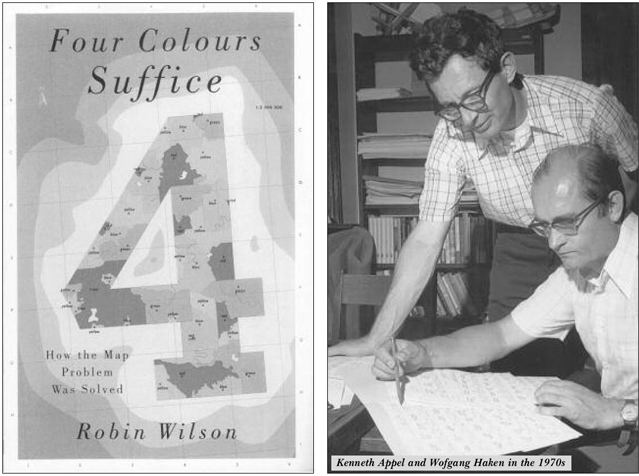Name Wolfgang Haken Role Mathematician | Education University of Kiel | |
 | ||
Wolfgang Haken
Wolfgang Haken (born June 21, 1928 in Berlin, Germany) is a mathematician who specializes in topology, in particular 3-manifolds. In 1962 he left Germany to become a visiting professor at the University of Illinois at Urbana-Champaign, he became a full professor by 1965, and he is now an emeritus professor.

In 1976 together with colleague Kenneth Appel also at the University of Illinois at Urbana-Champaign, Haken solved one of the most famous problems in mathematics, the four-color problem. They proved that any map can be filled in with four colors without any adjacent "countries" sharing the same color.
Haken has introduced several important ideas, including Haken manifolds, Kneser–Haken finiteness, and an expansion of the work of Kneser into a theory of normal surfaces. Much of his work has an algorithmic aspect, and he is one of the influential figures in algorithmic topology. One of his key contributions to this field is an algorithm to detect if a knot is unknotted.
Haken is the father of six children. His daughter, Dorothea Blostein, is a professor of computer scientist known for her discovery of the master theorem for analyzing divide and conquer algorithms. His eldest son Armin Haken proved that there exist propositional tautologies that require resolution proofs of exponential size. Lippold Haken, the inventor of the Continuum fingerboard, is also his son. Wolfgang Haken is the cousin of Hermann Haken, a physicist well known for laser theory and Synergetics.
In 1978 Haken delivered an invited address at the International Congress of Mathematicians in Helsinki.
Wolfgang Haken was a recipient of the 1979 Fulkerson Prize of the American Mathematical Society for his solution with Appel of the four-color problem.
